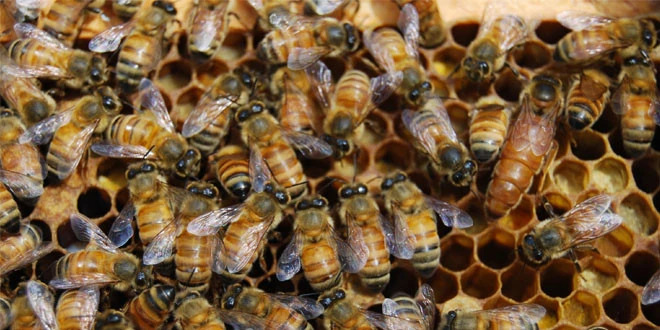It is hypothesized that the herbicide glyphosate is a contributing factor for Colony Collapse Disorder (CCD) of honeybee. This hypothesis is based on the following:
- CCD greatly accelerated in the late 1990s coincident with the widespread cultivation of genetically modified soybeans, corn, cotton and canola in commercial agriculture permitting a 3-5 times increase in glyphosate usage and subsequent high exposure of honeybees since
- The systemic glyphosate is applied directly to the plant foraged by the honeybee at all times of foraging (before, during, after).
- Glyphosate is applied indiscriminately to the plants and, often, to adjacent areas (since GM crop is tolerant) later in the spring for greater exposure of bees. Often before, during, and after crop growth,
- Glyphosate accumulates in the meristematic areas of the plant, i.e. flowers, nectar foraged and harvested by bees
- Glyphosate resistant weeds encouraged much higher rates of glyphosate
- Loss of direction in adult honeybees (disorientation) is consistent with the endocrine disruption and neurotoxicity caused by glyphosate
- Glyphosate is a very potent antibiotic to honeybee microbiota (honey crop, honey, pollen, bee-bread) – especially Lactobacillus and Bifidobacterium spp.
- These two genera primarily are critical for nutrition and survival of honeybees and
- Protect honeybees from pathogens and parasites (Nosema, EFB, etc.). Fungal pathogens are stimulated by glyphosate.
- Glyphosate and genetically modified crops have lower nutrient density (especially for micronutrients) essential for proper nutrition of honey bees as well as disease resistance.
- Glyphosate concentrations in air, water, and plant tissues are highest during, or just prior to, colony collapse.
- Glyphosate predisposes to malnutrition, pathogenesis, and other stresses.
